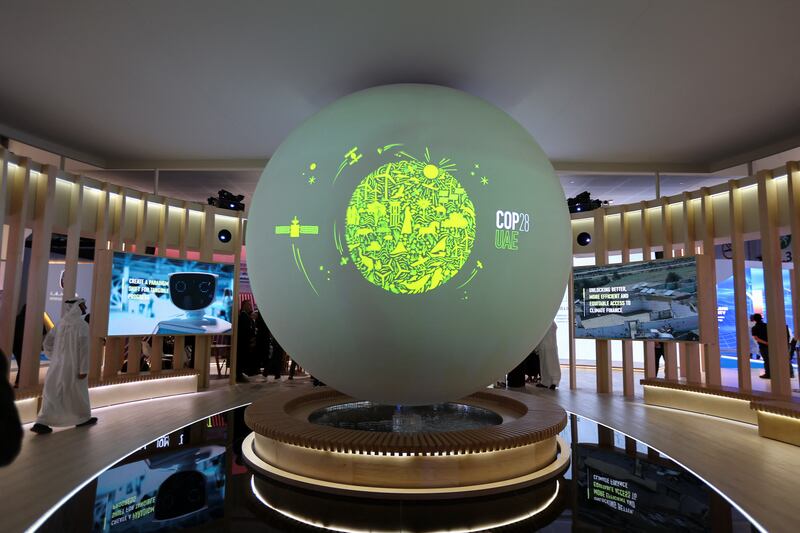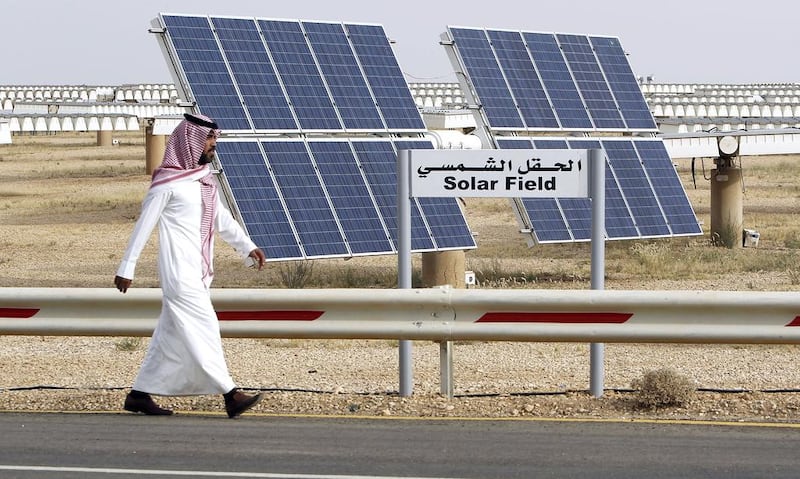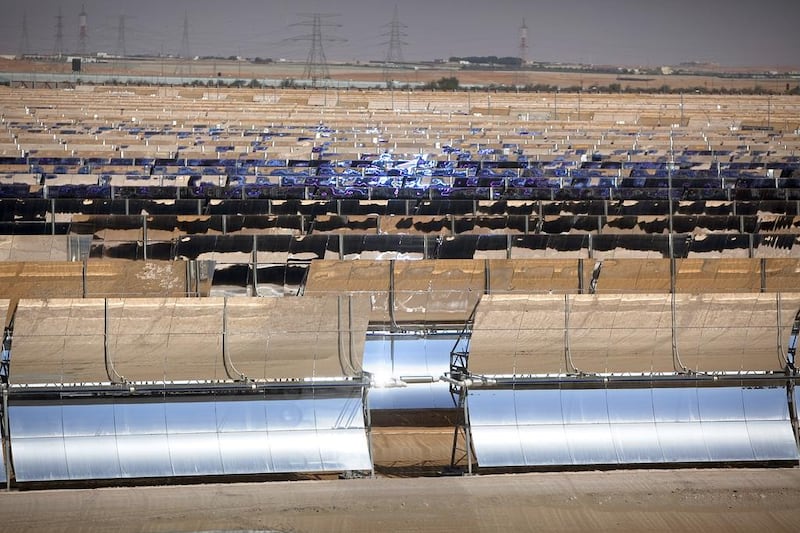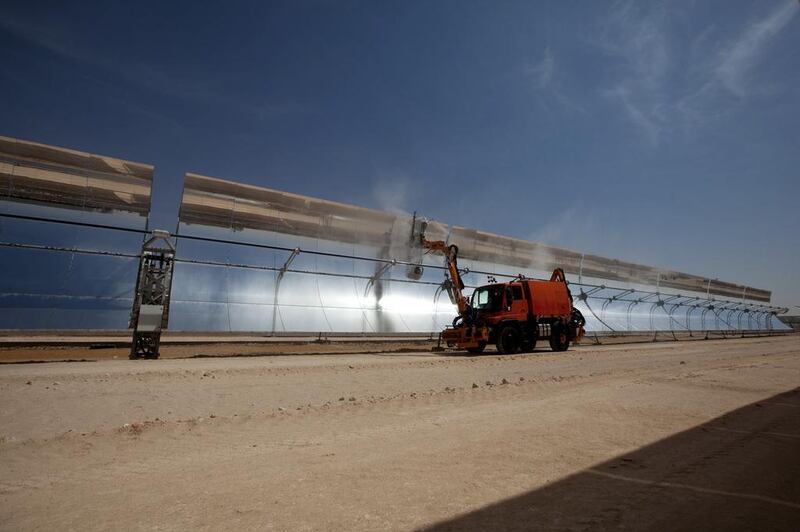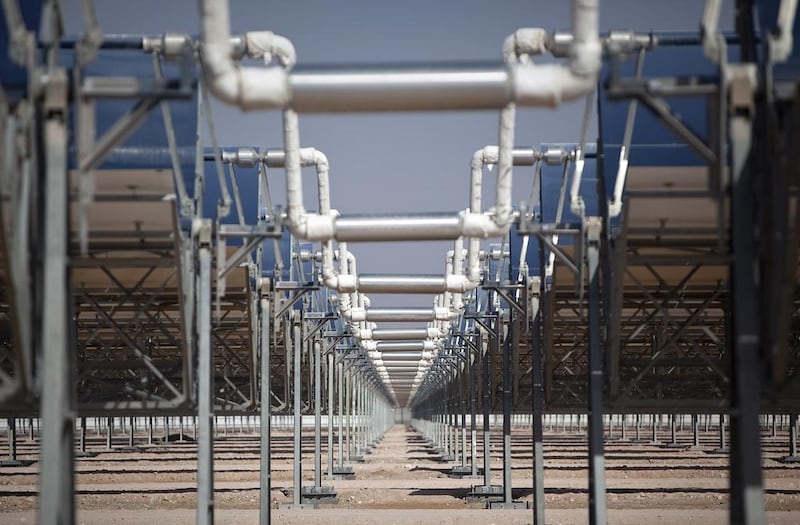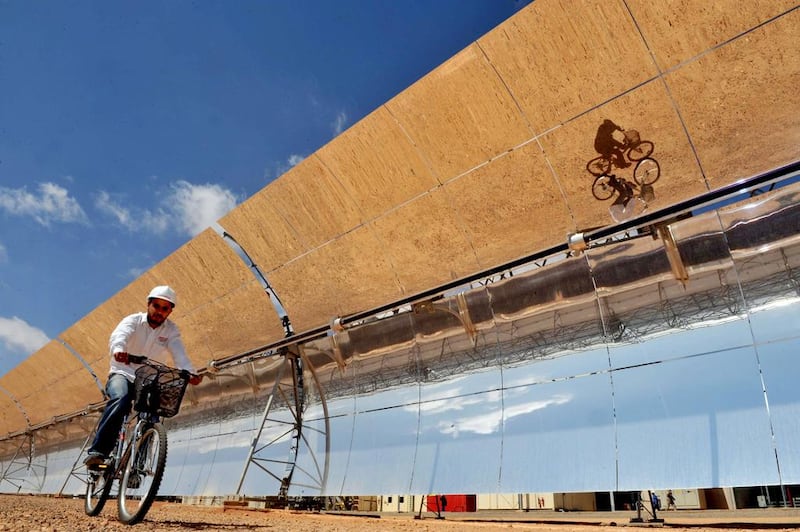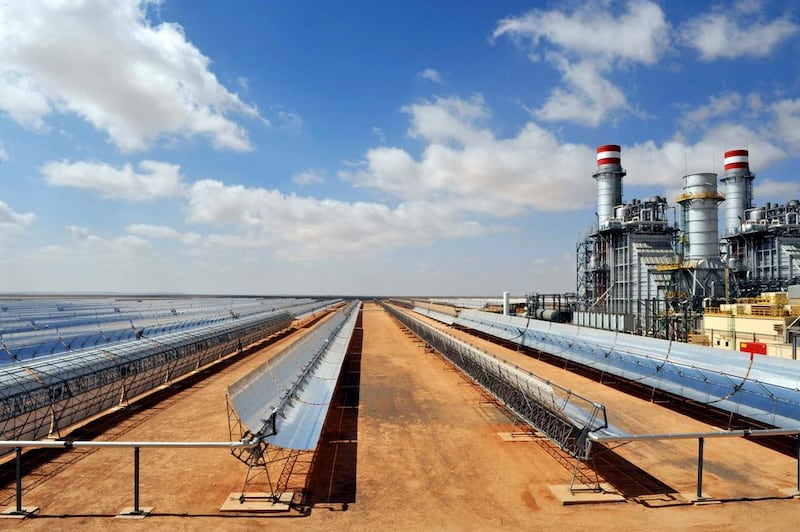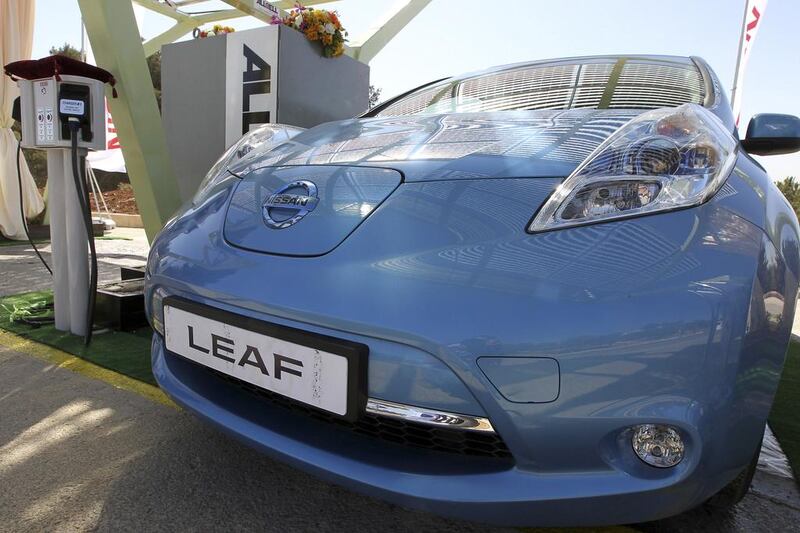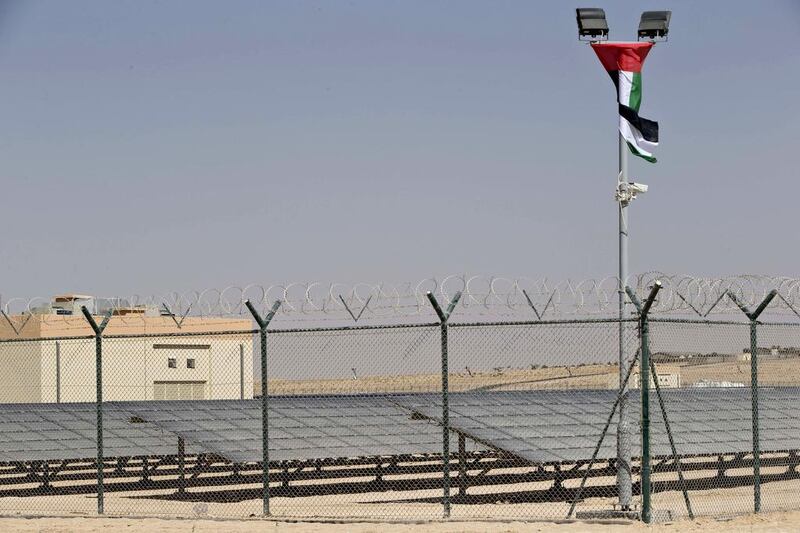The energy transition is the biggest investment programme since the Industrial Revolution. Humankind is facing a huge challenge in our fight against climate change.
The Mena region is especially affected by climate change because it is warming twice as fast as the rest of the world. Extreme heat and water shortages have been a reality here for decades.
In the summer of 2022, we saw the other extreme: several states in the Mena region experienced flooding as a result of storms with heavy rainfall, with dried-up riverbeds turned into raging torrents.
We need to act now if we want to achieve rapid change. The recent Intergovernmental Panel on Climate Change (IPCC) report has made it abundantly clear that without major changes, global warming will increase to 3.2°C above pre-industrial levels. To limit warming to 1.5°C above pre-industrial levels, emissions need to be cut by 45 per cent by 2030, compared with 2019 levels.
Europe and Mena: Similar, yet different
However, the energy transition will only happen if a solution can be found to the “trilemma” of making energy more reliable, cheaper and sustainable.
This is clearly demonstrated by the situation in Europe, which is currently learning the painful lesson that its dependence on Russian gas has led to unprecedented price increases and concerns about the supply situation.
People are seriously questioning whether there is enough energy available and whether it will remain affordable. The short-term focus has shifted to the security and affordability of the supply.
In the Mena region, the question of reliable and affordable energy is less of an issue. The key challenge in the region is to produce it sustainably. Due to its geographical location, the region has immense potential for generating renewable energy — and it has recognised the signs of the time.
According to the International Energy Agency’s Renewables 2020 report, this is the fastest-growing renewable energy market.
The comparison between Europe and the Mena region highlights the fact that there is not only one energy transition; every region has its own challenges, every country has different obstacles and goals, and, therefore, needs specific answers to drive their energy transition.
Along with Roland Berger, we asked about 2,000 experts to participate in a survey focused on a set of crucial energy priorities and to report on their region’s progress in the energy transition. We used this data to calculate each region’s Energy Transition Readiness Index and compiled a report describing their perceived readiness for the transition to net zero.
Here is a key finding of the report, which is due to be published on January 23: while there is no one-size-fits-all solution, five universal fields of action are central to the success of the energy transition.
Business Extra in Davos: Energy in crisis and transition

Approach to energy transition: Five points of consistency
- Expansion of renewables: By 2050, we need to massively expand the share of renewable energies: It has to triple to four times its current share in Europe and increase by a factor of 10 to even 30 in the Mena region, compared with 2020. The Saudi Energy Minister’s announcement last December that the kingdom will invest $150 billion in renewables is, therefore, a step in the right direction. The good news is that these investments pay off financially. According to a new World Economic Forum analysis, every dollar invested in expanding renewable energy yields four times the benefit.
- Improve energy efficiency: The continuous increase in energy demand due to economic growth and the growing population counteracts all of our current efforts to reduce emissions. Therefore, the first and most important task is to conserve energy, wherever possible. This will also require innovation as we move forward with more electrification and better energy management. In Dubai, one of our gas turbines has been installed in an aluminium smelter for the first time. For Emirates Global Aluminium, the power plant is reducing greenhouse gas emissions by 10 per cent, the equivalent of planting more than 17 million trees every year.
- Strengthen the electrical grid: The increasing share of renewable energy calls for more robust grids. For developing countries in particular, this is an even more significant challenge. For example, Siemens Energy is supporting Saudi Arabia's grid reinforcement plan by building stabilisation stations.
- Use existing infrastructure as a bridge: Despite massive investments that we all need to make, we can’t overlook one fact: The existing infrastructure can and should be used to bridge the gap, even if it is based on conventional technology.
In other words, push for everything you want to have but do not allow the pursuit of new technology to delay you in taking actions in the short term that utilise what is already in place. We will have to use the existing infrastructure to maintain the balance between the security and sustainability of the supply. To cite an example, in the Ivory Coast, we built the most efficient gas-fired power plant in the region. It will help to reduce the area’s carbon footprint from power generation and support the country’s efforts in becoming a regional energy centre.
• Get a handle on the supply chain and required minerals: More materials and minerals are needed for the energy transition. A typical electric car requires six times the mineral input of a conventional vehicle, and an onshore wind plant requires nine times more mineral resources than a gas-fired plant. Since 2010, the average amount of minerals needed for a new unit of power generation capacity has increased by 50 per cent as the share of renewables in new investments has risen.
Cop28 President-designate Dr Sultan Al Jaber says UAE will lead with 'great sense of urgency'
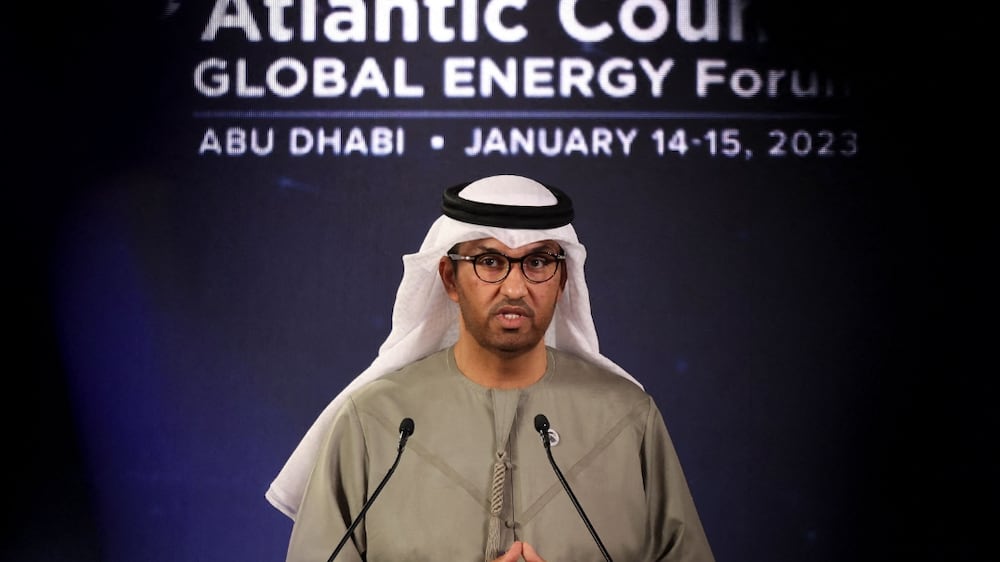
The industry has a clear-cut responsibility
There is a huge need to massively hasten the energy transition. It comes along with the biggest investment programme since industrialisation. About €50 trillion ($54 trillion) will need to be invested by 2030, which will bring enormous opportunities for economic recovery and growth. Let us work together on this in 2023.
As an industry, we are committing ourselves to the task. Shortly before Abu Dhabi Sustainability Week, the International Renewable Energy Agency assembly was held in Abu Dhabi. Governments, businesses and societies assembled to discuss concrete steps to accelerate the global energy transition.
Along with the Alliance for Industrial Decarbonisation, Irena and Siemens Energy have already brought together about 30 major industrial companies in a pledge to decarbonise their industrial value chains and accelerate their net-zero goals in accordance with the Paris Agreement.
We must make decisive progress ahead of the Cop28 conference, which will be held in the UAE later this year. The time to act is now.
Dr Christian Bruch is chief executive of Siemens Energy
